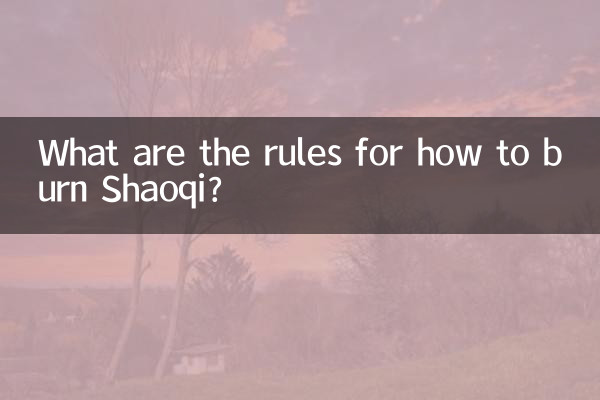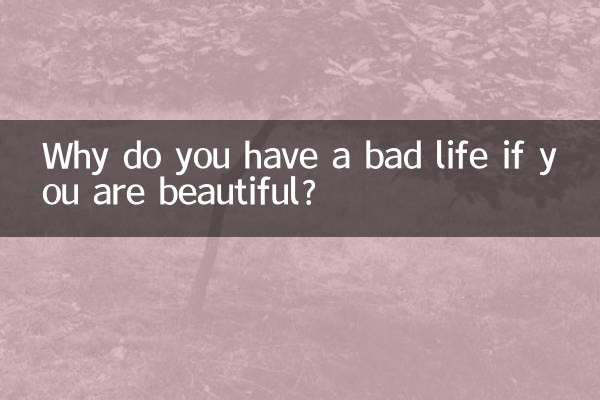What are the rules for how to burn Shaoqi?
In traditional Chinese culture, funeral customs are a very important part, among which "burning seven" is a common sacrificial ritual. Burning seven means that starting from the day of death, sacrifices are performed every seven days for a total of seven times until the forty-ninth day. This custom originated from the Buddhist "Qiqi Zhai" and was later gradually integrated into folk beliefs. The following are detailed rules and precautions for burning seven.
1. Time arrangement for burning Qi

The time for burning seven is calculated from the day the deceased died, and sacrifices are performed every seven days, for a total of seven times. The specific time schedule is as follows:
| frequency | name | time |
|---|---|---|
| first | first seven | Day 7 |
| second time | Twenty-seven | Day 14 |
| third time | notoginseng | Day 21 |
| fourth time | four seven | Day 28 |
| fifth time | Five-seven | Day 35 |
| sixth time | Sixty-seven | Day 42 |
| seventh time | Qiqi | Day 49 |
2. The sacrificial process of burning seven
The ritual process of Shaoqi usually includes the following steps:
1.Prepare sacrifices: Sacrificial offerings generally include fruits, cakes, drinks, incense candles, paper money, etc. Different regions may have different customs, but the basic content is similar.
2.Place sacrifices: Place the offerings neatly on the deceased’s memorial tablet or in front of the tomb, and light incense and candles to express your memory and respect for the deceased.
3.Burn paper money: During the sacrifice process, family members will burn paper money, which means that the deceased will have enough money to use in the other world.
4.Bow down: The family members kowtow to the deceased in turn and express their condolences and prayers.
5.closing ceremony: After the sacrifice, some of the sacrifices can be distributed to relatives and friends, which means sharing blessings.
3. Precautions for burning Qi
1.Time is accurate: The time of burning seven must be calculated strictly according to the date of death of the deceased, and cannot be advanced or postponed.
2.Sacrifice selection: The sacrifice should choose the food that the deceased liked during his lifetime and avoid using unlucky items.
3.Dress solemnly: Family members participating in the burning ceremony should wear plain or black clothes and avoid bright colors.
4.avoid quarrels: Maintain solemnity during the sacrifice process and avoid quarrels or loud noises.
5.Handling special situations: If the day of burning the seventh day coincides with the first or fifteenth day of the lunar calendar or other important festivals, the sacrificial method can be adjusted according to local customs.
4. The cultural significance of Shaoqi
Burning seven is not only a sacrificial ritual, but also a cultural inheritance. It embodies the Chinese people's respect and memory for the deceased, and also reflects the belief in the cycle of life and death. By burning seven, family members can express their grief for the deceased and at the same time gain psychological comfort.
In addition, Shaoqi is an opportunity for family reunion. During the sacrifice process, relatives and friends gather together to commemorate the deceased, which enhances family cohesion.
5. The custom of burning seven in modern society
With the development of society, the custom of burning Qi is also constantly evolving. In modern society, many people may not be able to strictly follow traditional customs due to busy work or other reasons. In this case, one may choose to simplify the ceremony, but the core sacrificial content should still be retained.
For example, you can set up a small memorial tablet at home and perform simple sacrifices; or you can choose to perform sacrifices at the cemetery of the deceased. No matter how the form changes, the most important thing is to express memory and respect for the deceased.
In short, burning seven is an important part of traditional Chinese culture. It carries people's grief for the deceased and their understanding of life and death. By understanding and following these rules, we can better pass on this cultural custom.

check the details

check the details